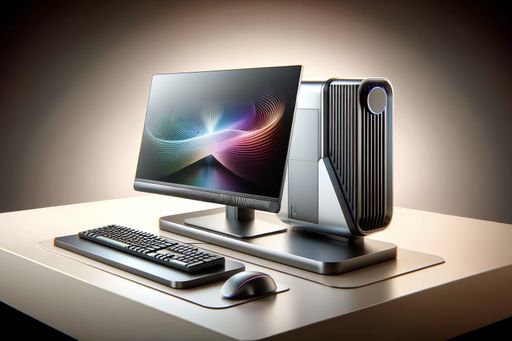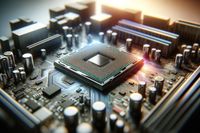Shaping the Next Computing Paradigm
Late January in Munich, Germany, a community bridging research and industry in advanced high-performance embedded computing came together for the HiPEAC 2024 conference, now in its 19th year. A key output of this conference is a roadmap of the future of computing systems, and this year, the HiPEAC Vision 2024 presented the “next computing paradigm” (NCP) as the main direction for the future.

The Next Computing Paradigm
The HiPEAC 2024 conference in Munich showcased the future of computing systems with the presentation of the 'next computing paradigm' (NCP). This paradigm is a fusion of various technologies, such as the web, cloud, cyber-physical systems, internet of things, digital twins, the metaverse, and AI, into a coherent continuum of computing. The NCP focuses on key areas such as AI, new hardware, cybersecurity, and sustainability.
According to Marc Duranton, the editor in chief of HiPEAC Vision, the NCP envisions a future where humans and machines seamlessly interact through intelligent devices. These devices will build applications based on user needs, creating a collection of interconnected services managed by smart orchestrators. The vision is to create a computing environment that adapts to the user and offers personalized experiences.
To learn more about the background of HiPEAC and the vision of the next computing paradigm, watch the full interview with Marc Duranton.
The Role of Intelligent Devices
In the future, intelligent devices will play a crucial role in enabling the next computing paradigm. These devices will act as intermediaries between humans and machines, facilitating smooth interactions and building applications based on user requirements. The goal is to create a computing environment where personalized experiences and services are seamlessly integrated.
According to Marc Duranton, the editor in chief of HiPEAC Vision, the development of intelligent devices is an essential part of the NCP. These devices will harness AI technologies to autonomously adapt to users' needs and provide efficient and personalized computing services. By connecting these intelligent devices, a network of interconnected services can be created, leading to a more integrated and cohesive computing environment.
Challenges and Opportunities
The next computing paradigm brings forth various challenges and opportunities. One of the challenges is the development of AI capabilities that can seamlessly integrate with intelligent devices and enable personalized experiences. Another challenge is ensuring cybersecurity and maintaining the privacy and security of user data in the interconnected computing ecosystem.
However, this paradigm also presents numerous opportunities. The fusion of technologies like the web, cloud, IoT, and AI opens up possibilities for innovative applications and services. Sustainable computing practices and the use of new hardware technologies also offer opportunities for more energy-efficient and environmentally friendly computing systems.
As the next computing paradigm continues to evolve, it will shape the future of computing systems and offer new possibilities for human-machine interactions.



